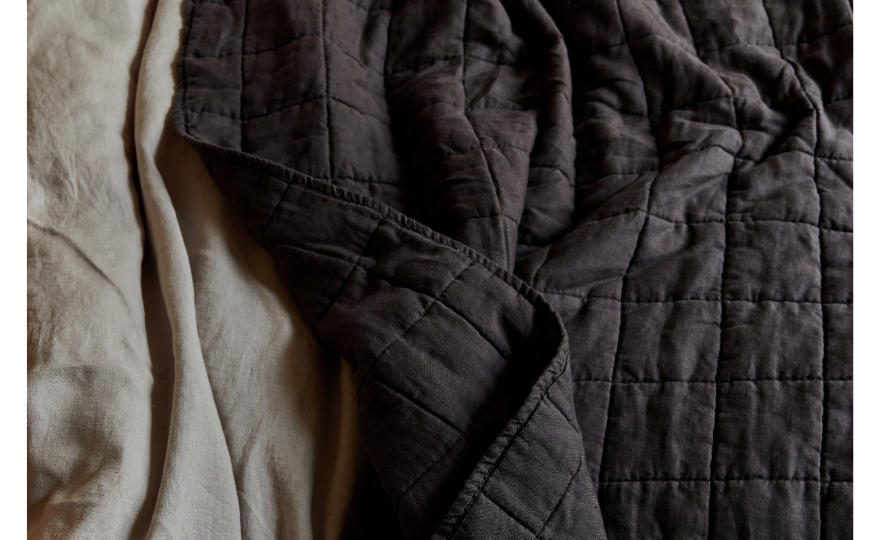365-DAY GUARANTEE | FREE SHIPPING | FREE RETURNS
365-DAY GUARANTEE | FREE SHIPPING | FREE RETURNS
365-DAY GUARANTEE | FREE SHIPPING | FREE RETURNS
Quilts are a versatile and beautiful type of bedding that will add a warm, beautiful layer to your sleeping space and improve your overall sleep experience. If you’re wondering about the right ways to do quilt care and maintenance, you’re not alone. Whether you have a gorgeous antique or heirloom quilt passed down to you from a family member or you’re looking for a stylish new quilt, it’s crucial to make sure you’re practicing the right type of quilt care to keep your bedding in great shape. This guide has some tips and information to help you perform the best quilt maintenance possible to keep your quilt looking beautiful for many years to come.
Aside from the actual material used, the type of quilt you have may affect its care and washing instructions to ensure that it maintains the proper shape and avoids fading, shrinking, and discoloration. For example, a handmade quilt may need more delicate care than one that is mass-produced. Here are some common quilt types to look for, and keep in mind that the quilt type may influence the care instructions based on several factors. Material, stitching, and batting are just some of the factors that impact a quilt’s care and what you should do when washing quilts.




Inspecting a quilt properly is extremely important to ensure that it’s in good condition before you put it through the washing and drying process. Here are some tips to help you perform a thorough quilt inspection.

How often should you wash a quilt? The answer really depends on a few different factors, including whether it needs machine washing, hand washing, or dry cleaning. In most cases, you should wash your quilt once you see visible stains, or when it develops an unpleasant odor and needs to be refreshed.
Antique and heirloom quilts or anything hand quilted should always be cleaned via the hand wash process since they’re particularly delicate and machine washing creates too much stress on delicate details.
Carefully check your quilt’s care tag for any specific machine wash instructions before you begin, then follow these steps:
Follow these steps to remove stains and do spot cleaning of your quilt:
Here are some drying and storage techniques to prevent damage to your quilt:

Before you wash a quilt, remember these important quilt care tips to ensure that your bedding stays beautiful for many years. At Or & Zon, all our quilts feature soft organic linen fabric that will keep you comfortable and cool while adding style to your bedroom. Explore our latest selection today and keep these tips in mind to ensure your quilt remains an important part of your bedroom long into the future.
